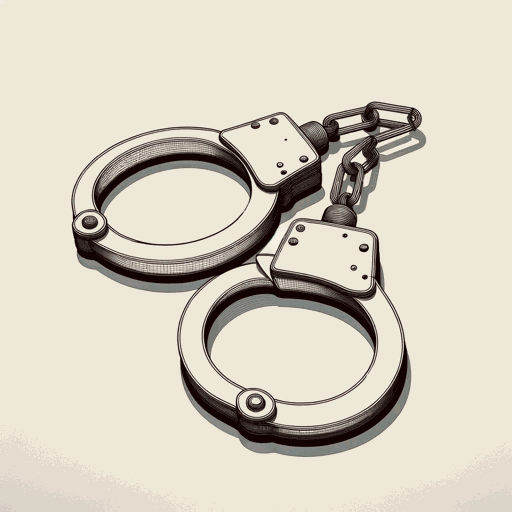93 pages • 3 hours read
Barry LygaI Hunt Killers
Fiction | Novel | YA | Published in 2012A modern alternative to SparkNotes and CliffsNotes, SuperSummary offers high-quality Study Guides with detailed chapter summaries and analysis of major themes, characters, and more. For select classroom titles, we also provide Teaching Guides with discussion and quiz questions to prompt student engagement.
Symbols & Motifs
The Crucible
The classic 1953 Arthur Miller play The Crucible is referenced multiple times over course of I Hunt Killers. Set during the Salem witch trials in colonial Massachusetts, The Crucible follows John Proctor, a local farmer who stands up to the group of young girls who suddenly begin (falsely) accusing fellow townspeople of witchcraft. The play explores such themes as mob mentality and good vs. evil.
Jazz plays the role of Reverend Hale, an out-of-town expert on witchcraft, who comes to Salem to verify the young girls’ accusations. As Hale learns more about the young girls, he comes to realize that they are lying, and so Hale feels tremendously guilty for helping indict innocent people for crimes of witchcraft. Jazz finds the character of Reverend Hale “sort of annoying and wishy-washy” (74). Jazz goes on to say that, additionally, he finds the Reverend "hopelessly naïve” (74). Jazz explains: “There is a moment early in the play where Hale—an ‘expert’ on witch-craft—haughtily brandishes his books and asserts that ‘Here is all the invisible world, caught, defined, and calculated.’ As if it could be that easy” (74). Unlike the Reverend, Jazz knows that “all the invisible world”—shorthand for evil, essentially—is an incredibly vast one.
Related Titles
By Barry Lyga



